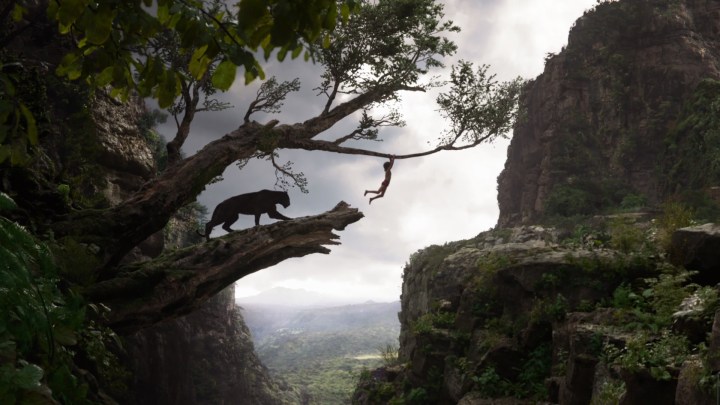
Each year, we’ve put a spotlight on the five films nominated for their visual effects in our “Oscar Effects” series, and this year was no different. With the Academy Awards ceremony kicking off this weekend, here’s a brief recap of this year’s edition of our annual, five-part celebration of the year’s best visual effects in cinema.
Deepwater Horizon

In the first installment of our Oscar Effects series, we looked at the combination of a massive set and explosive effects — both digital and practical — that were used to recreate the 2010 explosion of an offshore drilling rig in Deepwater Horizon, one of the worst ecological disasters of the modern era. Along with building a nearly life-size replica of the oil rig, the visual-effects team also pushed the boundaries of simulation software for fire and explosions in order to make the film’s version of the deadly disaster as realistic as possible.
Doctor Strange

Next, we spoke to two-Oscar nominee Stephane Ceretti, the visual effects supervisor on Marvel’s Doctor Strange, about the reality-bending sequences in that film that defied everything we know about physics and sent the movie’s characters on a “magical mystery tour” through a kaleidoscope of surreal dimensions. Along with revealing some of the artistic inspirations for the movie’s most memorable visual-effects sequences, Ceretti also shared some of the less-obvious reference material that informed the visual-effects team’s perspective on the way magic is represented in Marvel’s cinematic universe.
The Jungle Book

Creating an entire jungle full of animals that can talk, sing, and interact with each other like human actors is no small task, but that’s exactly what Disney did with the live-action adaptation of The Jungle Book. We spoke to the film’s producer, Brigham Taylor, and its two-time Academy Award winning visual-effects supervisor, Robert Legato, about the groundbreaking level of digital effects that were not only used but created to meet the ambitious goal of making film’s creature cast as indistinguishable from their real-world counterparts as possible.
Kubo and the Two Strings

While most films nominated for visual-effects Oscars rely on digital animation to make complicated set pieces or sequences seem like practical, physical elements, Kubo and the Two Strings used revolutionary technology to make stop-motion animation seem, well … perfectly seamless. We took a tour of Laika Entertainment’s animation studio to get a behind-the-scenes look at the process of making Kubo, one of the most breathtaking movies of the year and the first animated feature in more than 20 years to be nominated for an Academy Award in the visual-effects category.
Rogue One: A Star Wars Story

Finally, we took a deep dive into the latest installment of the Star Wars franchise, Rogue One: A Star Wars Story, to look at the way the film’s talented visual-effects team brought a pair of fan-favorite characters from the series’ past back to life again on the screen. We also looked into the unique approach taken by director Gareth Edwards in capturing the chaotic beauty of the space battles that are such a hallmark of the sci-fi saga.
The 89th Academy Awards ceremony will air Sunday, February 26, at 7pm ET on ABC. Make sure to check back for our coverage of the winners announced during this year’s ceremony.
You can also read through the features from previous years in our archive of the Oscar Effects series here on Digital Trends.



